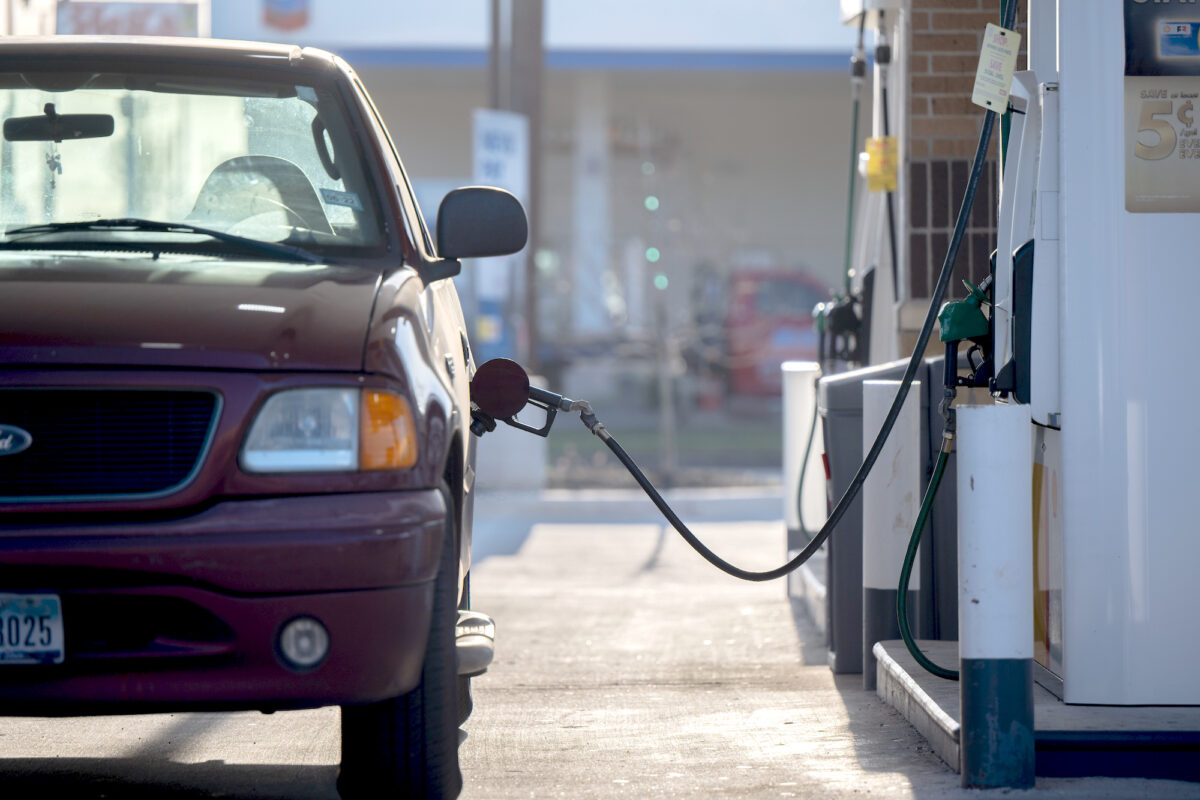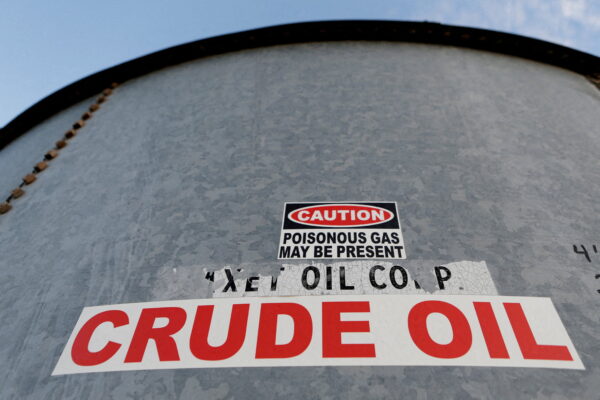

Gas Prices Surge to Five-Month High as Motorists Projected to Pay $78 Billion in Gas Taxes This Year

The national average for a gallon of gasoline rose to $3.684, up nearly 7 percent from the same time a year ago, according to the latest data from the American Automobile Association (AAA).
Since March 29, the national average has risen every day. While gas prices are close to $0.42 lower than they were a year ago, they have surged $0.24 over the past month amid higher crude oil prices.
West Texas Intermediate (WTI) and Brent crude oil futures are trading at around $80 and $83 a barrel, respectively. Oil is gasoline’s main ingredient, and it accounts for more than half of gasoline’s price.
“When the cost of crude oil crosses the $80 a barrel mark, that puts a lot of upward pressure on what we pay at the pump, and as long as oil costs remain at the current level, drivers will likely see incremental price increases for now,” said Andrew Gross, AAA spokesperson, in a report.
Patrick De Haan, the head of petroleum analysis at GasBuddy, noted that seasonal effects have also supported price pressures as of late.
The Northeast is still in the process of transitioning to summer gasoline, resulting in “a sharp rise in gasoline prices over the next week or two.” Other regions have inched closer to the end of the transition period, “so while other areas will see prices continue to slowly rise, the Northeast is likely to see a pretty hefty jump of $0.15–0.40 per gallon soon,” he wrote in a note.
At this time of the year, the country shifts toward a higher-grade fuel for environmental purposes. Refiners decrease the gas evaporation emitted from automobiles in the summer months by producing gasoline blends that reduce the volatility, which also adds up to $0.15 per gallon.
So, as oil prices trend higher, will a gallon of gas touch $4? This “is still perhaps a 50/50 chance,” De Haan said.
Retail gas prices are forecast to be lower than last summer, although regular-grade gas will average about $3.50, according to a new report by the Energy Information Administration (EIA). Retail gas prices are expected to remain above $3.45 per gallon until August.
For the week ended April 14, crude inventories declined by 4.581 million barrels, down from the previous week’s build of 597,000 barrels, according to EIA data. This was worse than the market estimate of a drawdown of more than one million barrels.
Gasoline stocks increased by 1.3 million barrels, while gasoline production tumbled by 343,000 barrels. Gasoline demand slipped for the second straight week, dropping to 8.519 million barrels last week. But consumption is up close to 13 percent since the start of 2023.
Domestic oil production is signaling stagnation, with output levels in a range of 12.2–12.3 million barrels per day this year.
The country’s emergency stocks extended their decline for the third consecutive week. For the week ended April 14, the Strategic Petroleum Reserve (SPR) fell to 367.963 million barrels, down from 369.575 million barrels in the previous week. Since March 24, the SPR has decreased by nearly 1 percent.
The current administration had suggested it would start replenishing reserves when prices fell at or below roughly $67 to $72 per barrel, but EIA statistics suggest this has yet to happen.
President Joe Biden directed a large-scale drawdown of the SPR at approximately 180 million barrels. Since January 2021, the U.S. government has eliminated more than 42 percent of emergency supplies.
In addition to oil prices playing an enormous role in how much motorists pay at the pump, gas taxes also account for hefty portions of what consumers dole out at stations across the country.
A new study by GasBuddy found that Americans spend $215 million per day on federal, state, and local gas taxes. In total, the report projected that drivers would pay $78 billion in gasoline taxes in 2023.
“While most Americans blame oil companies or gas stations for the high price of gasoline, few remember the portion Uncle Sam takes at the gas pump: $0.184 on every gallon in federal gas tax,” said DeHaan. “But most states take even more than that and may not disclose at the pump how much tax is charged per gallon, causing motorists to target gas stations or oil companies instead of disclosing they are charging an average of $0.387 on every gallon.”
Moreover, the report added that some states would “pinch motorists even more” if they installed a percentage-based gasoline sales tax. How much Americans pay will depend on where they live.
For instance, the three states with the highest total gasoline taxes are California ($0.865), Illinois ($0.780), and Pennsylvania ($0.771). The lowest are Alaska ($0.335), Mississippi ($0.372), and New Mexico ($0.373).

